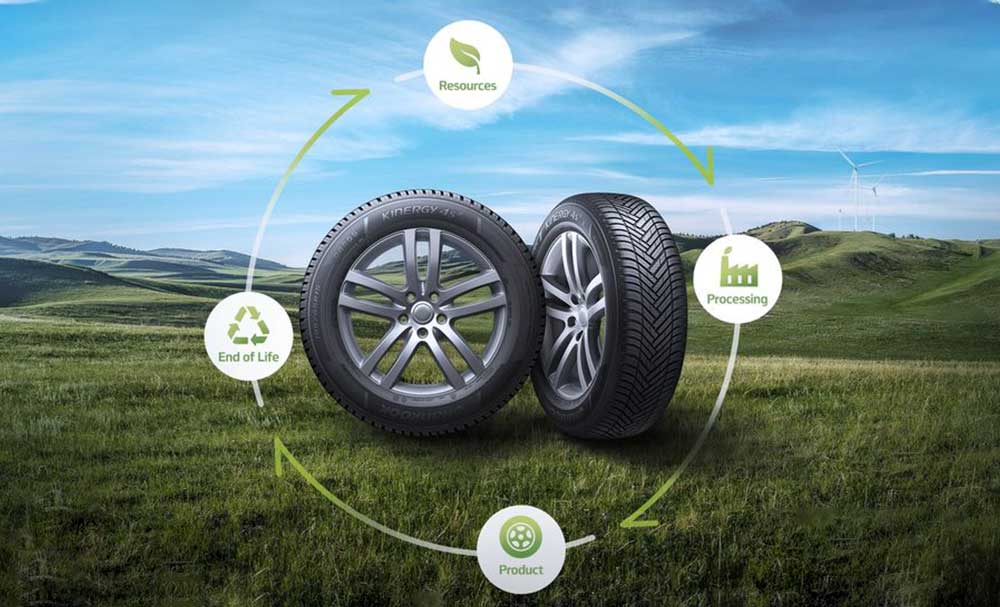Guide to Rubber Recycling Process in Brief
Boom in Recycling: While plastic and paper recycling have soared in popularity, lesser-known materials like rubber also offer significant environmental benefits. This guide delves into the rubber recycling process, its advantages and disadvantages, and alternative uses for recycled rubber.
Finding Your Recycling Outlet: With over 25 rubber types, it's best to check with your local recycling center first. They'll guide you on accepted rubber items and specific procedures. Online resources can also help locate nearby rubber recycling programs. Remember, repurposing rubber is always an option, or try contacting your council for businesses interested in using the material.
Tire Transformation: Tires, the most common rubber waste, go through a specific recycling process. First, they're cleaned and chopped into smaller pieces. Then, a granulator transforms them into "crumb rubber" – fragmented bits ready for a new life.
Environmental Advantages: Recycling rubber boasts numerous environmental benefits:
Reduced Dumping: It discourages illegal dumping of rubber and mixed waste, preventing harm to nearby water bodies.
Resource Conservation: Recycling reduces the need for virgin rubber production, preserving natural resources like trees and rubber plants.
Creative Second Lives: Recycled rubber has found its way into various unexpected products, including:
- Artificial turf
- Playground surfaces
- Non-slip mats
- Road materials and infrastructure
- Vehicle mats and interiors
- Hospital flooring
- Gardening tools and equipment
- The Flip Side: Potential Drawbacks:
Unethical Recycling:
Some recycling sites, overwhelmed by waste, can become breeding grounds for harmful bacteria, diseases, and gases, potentially outweighing the environmental benefits.
Quality Concerns:
The rubber recycling process is still evolving, and recycled rubber products are generally considered less durable than their original counterparts. Low global demand for recycled rubber products disincentivizes significant advancements in improving their quality and durability.
Informed Decisions:
Weighing both sides of the rubber recycling story empowers you to make informed choices about the rubber items in your home or business. Stay tuned for our future blog posts, where we'll explore rubber products in various industries, from construction to the marine sector.
This rephrased version retains the original content's structure and key points while using simpler language, shorter sentences, and bullet points for easier reading. I hope this revised format is helpful!


 +91-9624449993
+91-9624449993





